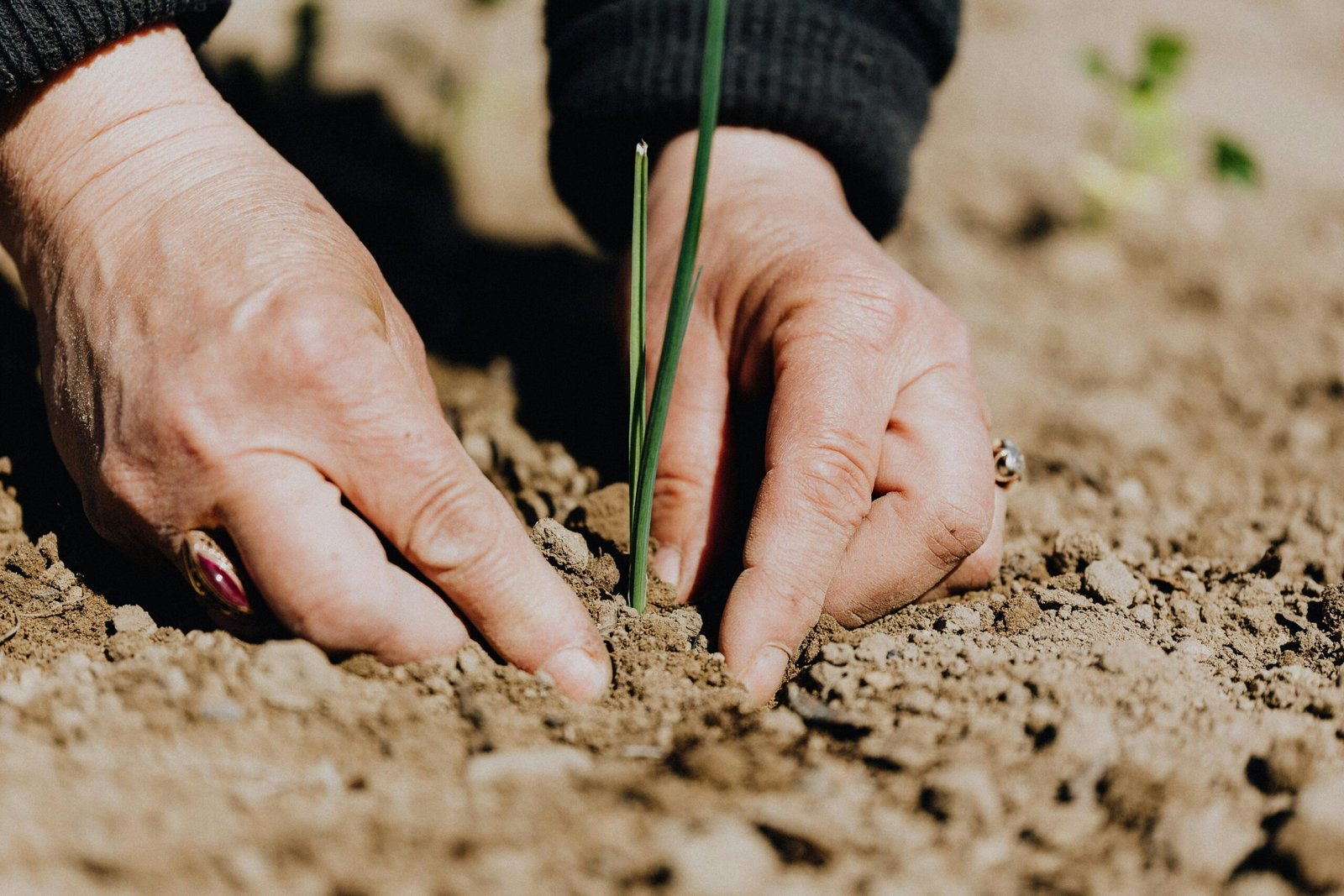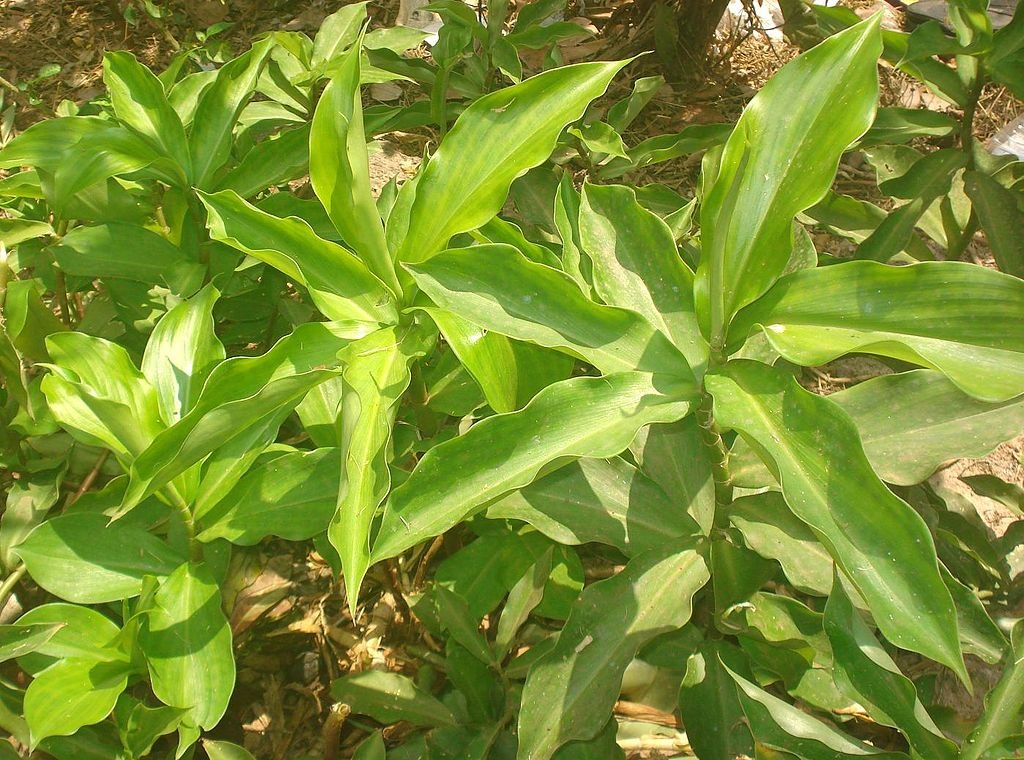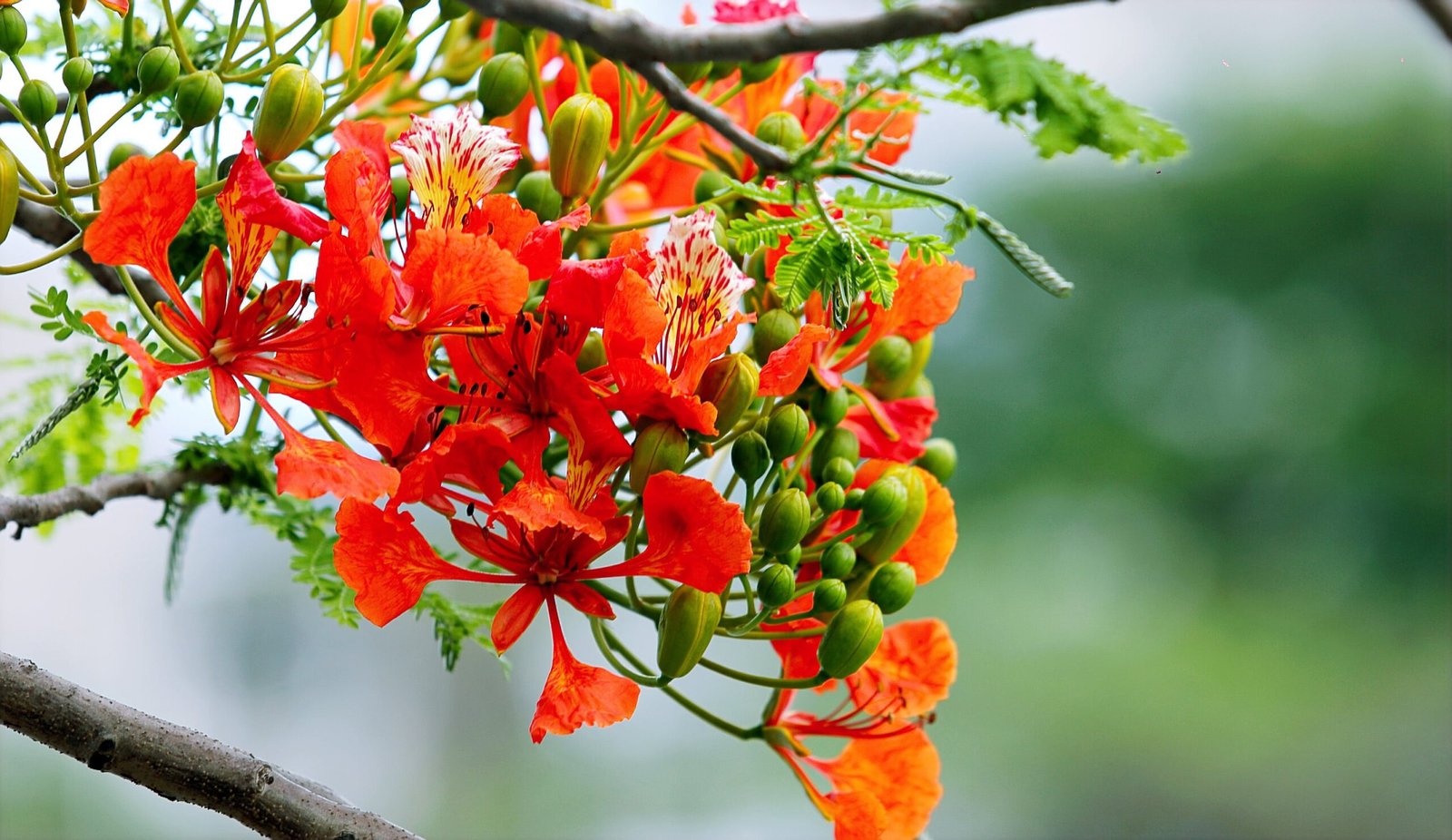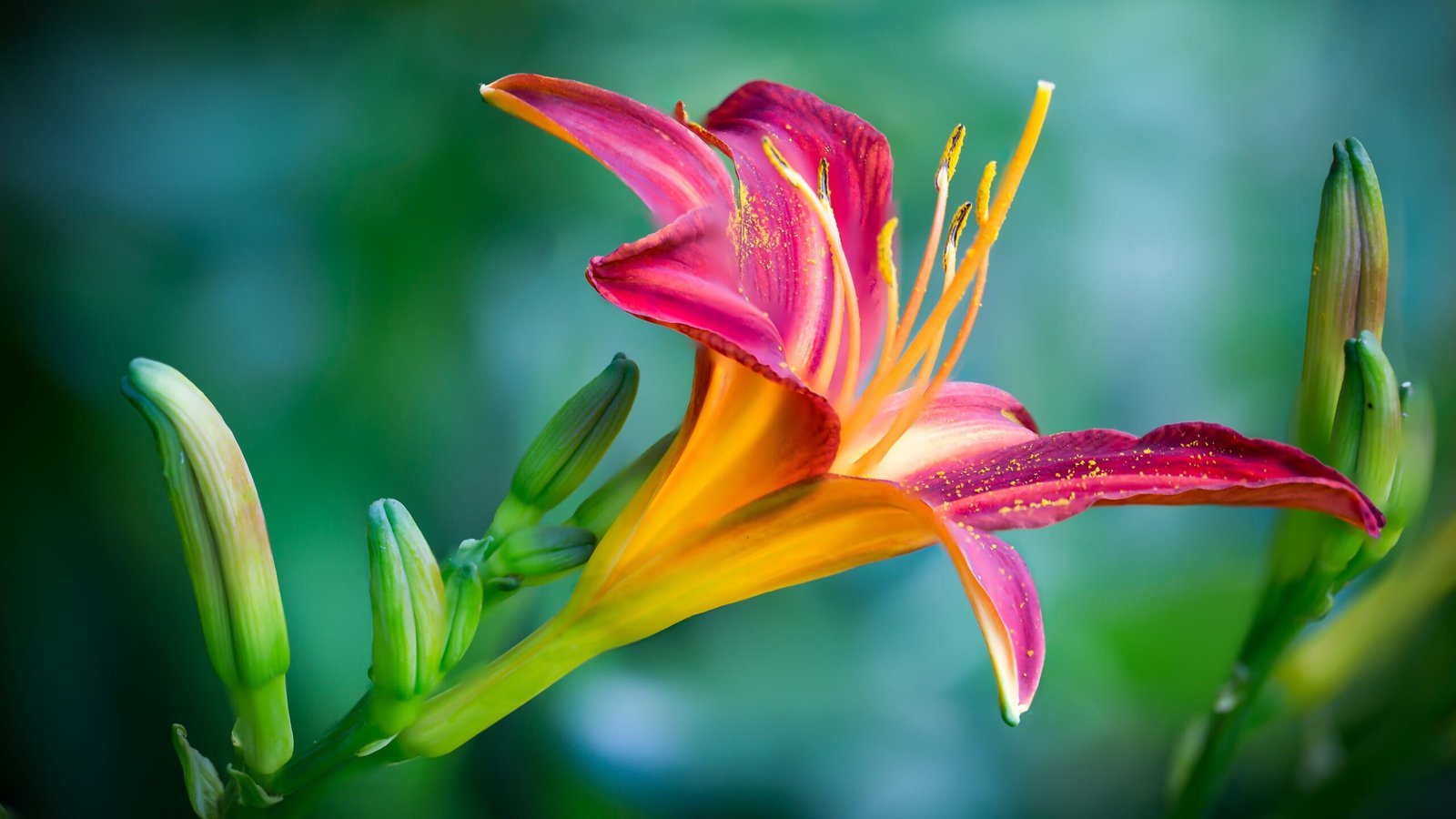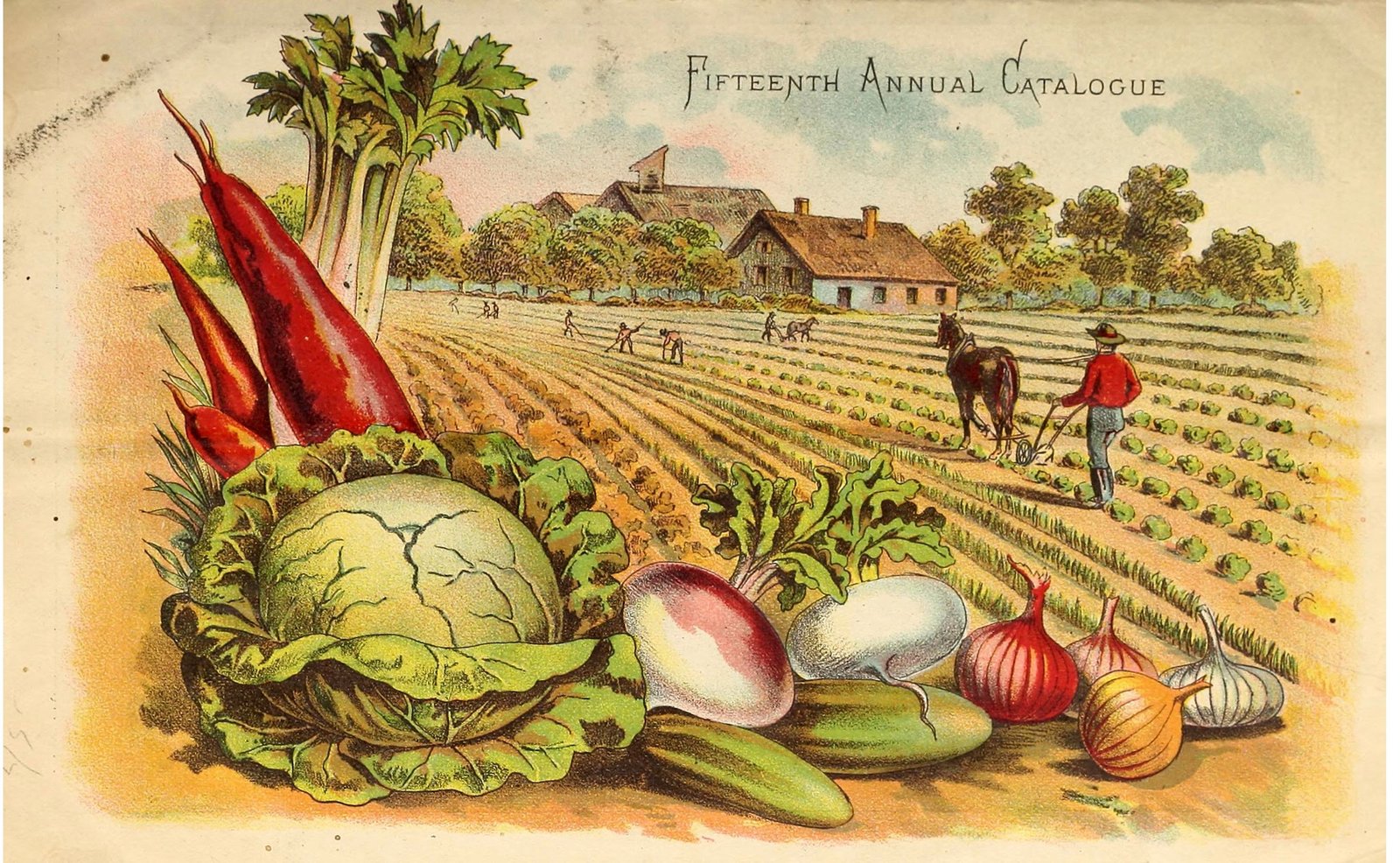In the captivating realm of home gardening, the Insulin Plant stands as both a botanical marvel and a wellness wonder. This remarkable plant has enchanted gardeners and health enthusiasts alike with its unique attributes and therapeutic potential.
As we embark on this horticultural journey, we’ll delve into the secrets of nurturing the Insulin Plant in your own garden, exploring the art of Insulin gardening. You’ll not only learn essential care tips to cultivate this magical green companion but also uncover the multitude of health benefits it brings to your life.
Join us as we unlock the enchantment of the Insulin Plant, a botanical gem that seamlessly merges the worlds of gardening and well-being. Whether you’re a seasoned home gardener or a novice with a passion for cultivating greenery, this blog is your guide to harnessing the magic of the Insulin Plant in your own sanctuary of home gardening. Let’s dig in and discover how this extraordinary plant can flourish and thrive in your care.
Table of Contents
Which is the best insulin plant?
Costus igneus is often referred to as the “insulin plant” due to its purported potential to help manage blood sugar levels. However, while some people believe in the medicinal properties of the insulin plant, scientific evidence supporting its effectiveness in treating diabetes is limited.
Diabetes management is a serious health concern, and it’s crucial to rely on proven and medically approved treatments and medications under the guidance of a healthcare professional. If you have diabetes or are concerned about your blood sugar levels, it’s best to consult with a healthcare provider who can provide you with appropriate guidance and treatment options.
Where do insulin plant naturally grow?
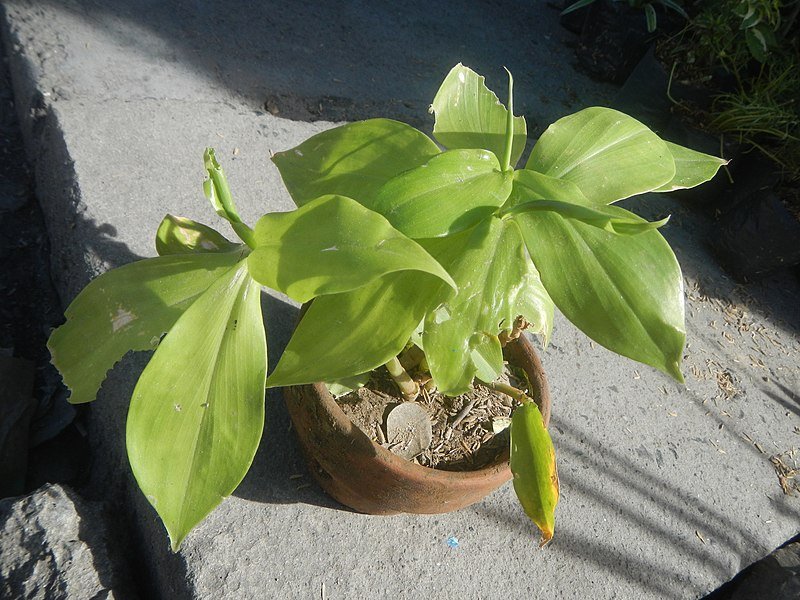
The insulin plant (Costus igneus) is native to several countries in Central America and northern South America, as you mentioned, including Mexico, Guatemala, El Salvador, Honduras, Nicaragua, Costa Rica, Panama, and Colombia. It typically thrives in tropical and subtropical regions, often in humid and forested environments. In its natural habitat, it grows as an erect herbaceous plant, reaching heights of up to 2 meters, and features spirally arranged, alternate leaves.
What are the parts of the insulin plant?
The insulin plant (Costus igneus) has several parts, and each part may have different properties and potential benefits:
Leaves
The leaves of the insulin plant are often attributed to its hypoglycemic (blood sugar-lowering) potential. They are the most well-known and commonly used part of the plant for potential medicinal purposes related to diabetes.
Stem
The stem of the plant has been reported to have antiurolithiatic activity, which means it may have properties that could help prevent the formation of urinary stones or aid in their dissolution.
Root
Like the stem, the root of the insulin plant has been associated with antioxidant activity. Antioxidants can help protect cells from damage caused by free radicals.
Rhizome
The rhizome is a underground stem-like structure of the plant, and it may also contain active compounds and nutrients.
Whole Plant
The entire plant may have a combination of these properties, and different parts may be used for various purposes.
Caring for an insulin plant
Choosing the correct location
It is crucial for the well-being of insulin plants. Here are some additional care tips to consider:
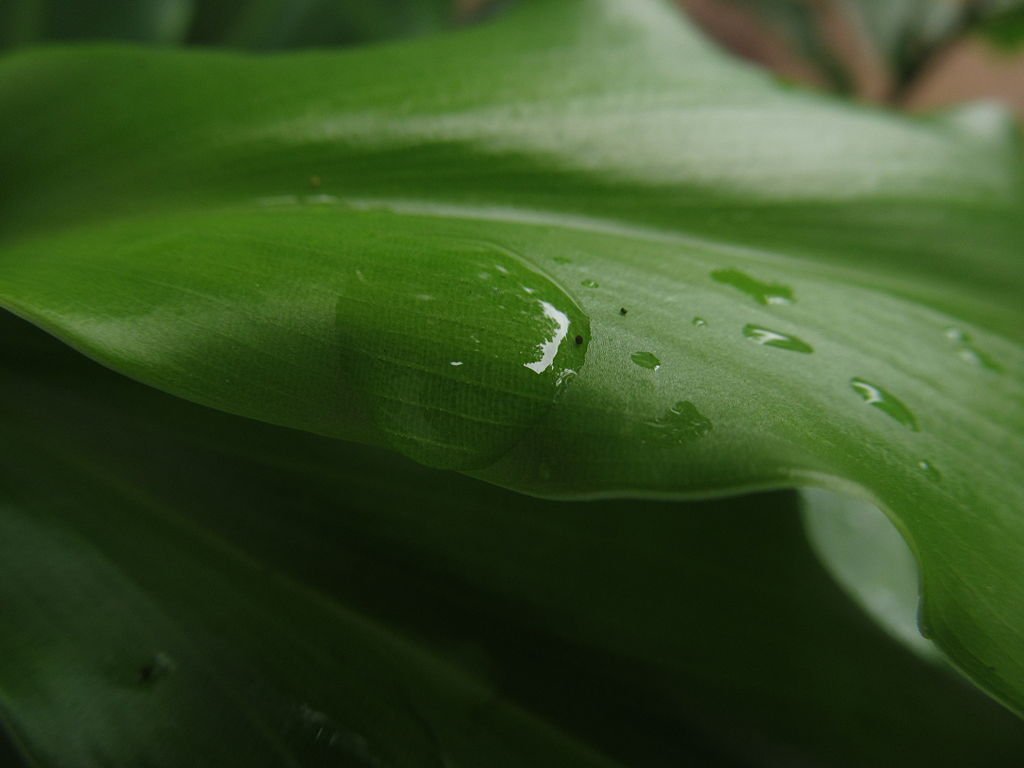
Temperature
As you mentioned, insulin plants thrive in warm climates. Ensure the temperatures remain within the range of 70 to 100°F (21 to 38°C). They are sensitive to cold temperatures and should be protected from frost.
Humidity
These plants prefer high humidity levels. If you live in a dry climate, consider using a humidifier or misting the plant regularly to increase humidity around it.
Soil
Plant insulin in well-draining soil that’s rich in organic matter. A slightly acidic to neutral pH soil is ideal. Good drainage is essential to prevent waterlogging.
Watering
Keep the soil consistently moist, but avoid overwatering, as this can lead to root rot. Water when the top inch of soil feels dry, and adjust the frequency based on environmental conditions.
Fertilization
Use a balanced, slow-release fertilizer during the growing season (spring and summer) to provide essential nutrients.
Pruning
Trim dead or damaged leaves as needed to maintain the plant’s appearance and health.
Pests and Diseases
Keep an eye out for common pests like aphids and mealybugs, as well as fungal diseases. Address any issues promptly with appropriate treatments.
Potting
If you’re growing insulin plants in containers, choose a well-draining potting mix and ensure the pot has drainage holes.
Repotting
Repot your insulin plant as it grows to prevent it from becoming root-bound. This is typically necessary every 2-3 years or when you notice the plant outgrowing its container.
Propagation
Insulin plants can be propagated through division of rhizomes or stem cuttings. This can help rejuvenate older plants or allow you to grow new ones.
Proper soil conditions
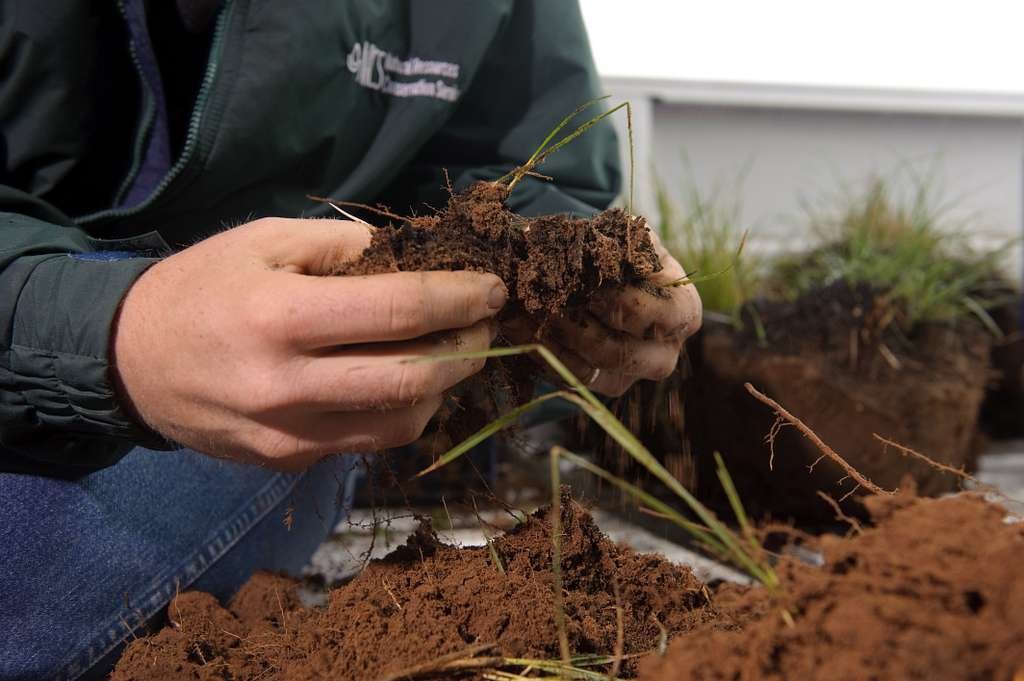
They are vital for the health and growth of insulin plants. Here’s a summary of the soil requirements:
Well-Draining Soil
Insulin plants require soil that drains well. This is crucial to prevent waterlogging, which can lead to root rot. Ensure good drainage by amending the soil with materials like perlite or sand if it tends to retain water.
Organic Matter
Enrich the soil with organic matter, such as compost or well-rotted manure. Organic matter not only improves soil fertility but also enhances moisture retention and microbial activity in the soil.
pH Level
Maintain a slightly acidic to neutral pH level in the soil, ideally in the range of 6 to 7. You can test the soil pH with a soil test kit and adjust it if necessary using pH modifiers available at gardening stores.
By providing the right soil conditions, you’ll create an environment that promotes healthy growth for your insulin plant. Remember to monitor the soil’s moisture levels and ensure it remains consistently moist, but not waterlogged, to help your plant thrive.
Watering
the importance of proper watering for insulin plants. Here are some additional tips for effective watering:
Consistency
Maintain a consistent watering schedule. Insulin plants prefer even moisture, so aim to keep the soil consistently moist throughout the growing season.
Checking Soil Moisture
Regularly check the moisture level of the soil. Water the plant when the top inch (2.5 cm) of the soil feels dry to the touch. Use your finger to gauge the moisture level.
Watering Technique
Water at the base of the plant near the root zone rather than overhead. This helps prevent fungal issues and ensures the roots receive moisture directly.
Use the Right Amount
Water thoroughly but avoid overwatering. Ensure that excess water drains away from the pot or soil to prevent waterlogged conditions.
Mulch
Applying a layer of organic mulch around the base of the plant can help retain soil moisture and reduce evaporation.
Consider Humidity
If you’re growing insulin plants in a dry climate, consider increasing humidity around the plant by misting it or using a humidity tray.
Rainwater
If possible, use collected rainwater for watering. It is typically free from chemicals found in tap water and can benefit the plant.
By following these watering guidelines, you’ll provide your insulin plant with the moisture it needs to thrive without the risk of water-related issues like root rot.
Fertilization
Fertilizing your insulin plant is essential for providing it with the necessary nutrients for robust growth. Here’s a more detailed look at fertilization:
Fertilizer Type
Choose a balanced organic fertilizer with equal or near-equal proportions of nitrogen (N), phosphorus (P), and potassium (K). For example, a 10-10-10 or 14-14-14 fertilizer blend is suitable.
Application Frequency
During the active growing season, which typically spans from spring to early fall, apply the organic fertilizer every two months. This will provide a steady supply of nutrients to support healthy growth and flowering.
Application Method
Sprinkle the fertilizer evenly around the base of the plant, avoiding direct contact with the leaves to prevent potential leaf burn. Water the plant thoroughly after fertilizing to help distribute the nutrients into the soil.
Organic Matter
In addition to periodic fertilizer applications, continue to amend the soil with organic matter like compost. Organic matter enriches the soil with nutrients and improves its overall fertility.
Monitor Plant Response
Keep an eye on your insulin plant’s response to fertilization. If you notice any signs of excessive growth or yellowing leaves, you may need to adjust the frequency or dosage of fertilizer.
Remember that while regular fertilization is essential for plant health, over-fertilization can harm your plant. Always follow the instructions on the fertilizer label and avoid excessive use. Properly balanced nutrition will help your insulin plant thrive and produce healthy foliage and potential flowers.
Propagation
Insulin plants can be propagated through stem cuttings, and here’s a step-by-step guide for successful propagation:
Select Healthy Stems
Choose a healthy, disease-free insulin plant for taking cuttings. Look for stems that have at least two nodes. Nodes are the small, bumpy areas where leaves and roots typically develop.
Prepare the Cuttings
Using clean and sharp scissors or pruning shears, cut a section of the stem that’s approximately 4-6 inches (10-15 cm) in length. Make the cut just below a node, ensuring that you have at least two nodes on the cutting.
Remove Lower Leaves
Trim away the leaves from the lower node(s) of the cutting. Leave a few leaves on the upper portion to allow the cutting to photosynthesize.
Rooting Hormone (Optional)
While not always necessary, you can dip the cut end of the stem in a rooting hormone to encourage root development. This step is optional but can enhance the chances of successful propagation.
Potting Mix
Plant the cuttings in a well-draining potting mix. You can use a mix designed for rooting or create your own by combining perlite and peat moss.
Plant the Cuttings
Insert the lower end of the cutting into the potting mix, burying at least one node under the soil. Firmly pat the soil around the cutting to secure it in place.
Provide Proper Care
Place the pot with the cuttings in a location with indirect light. Keep the soil consistently moist but not waterlogged. You can cover the pot with a plastic bag or a plastic dome to create a mini greenhouse effect, which can help maintain high humidity levels around the cuttings.
Root Development
In a few weeks to a couple of months, the cuttings should develop roots. You can gently tug on the cutting to check for resistance, which indicates root growth.
Transplanting
Once the cuttings have established roots, you can transplant them into individual pots or into your garden.
Propagation through stem cuttings is a cost-effective and reliable way to multiply your insulin plant. Be patient, as it may take some time for the cuttings to develop strong roots and become well-established plants.
Unlocking the Health Benefits of Insulin Plants

Blood Sugar Management
Insulin plants have a long history of traditional use for their potential to regulate blood sugar levels. They are believed to stimulate insulin production and enhance insulin sensitivity, which can be particularly advantageous for individuals managing diabetes.
Antioxidant Richness
Within the lush leaves of the insulin plant lie a treasure trove of antioxidants, including flavonoids and phenolic compounds. These powerful antioxidants act as shields against oxidative stress, reduce inflammation, and provide protection against a range of diseases, fortifying your body’s defenses.
Digestive Wellness
The consumption of insulin plant leaves may promote digestive health by easing discomfort, aiding digestion, and enhancing bowel movements. It’s a trusted remedy for digestive issues like constipation and indigestion, helping you maintain a happy tummy.
Anti-Inflammatory Properties
The insulin plant boasts anti-inflammatory capabilities that can assist in curbing inflammation within the body. This attribute holds promise for managing conditions such as arthritis and inflammatory bowel disease, offering potential relief.
Immune System Boost
Regularly incorporating insulin plant leaves into your diet can provide a significant boost to your immune system. Thanks to its high vitamin C content, it bolsters your body’s immune defenses, strengthening its ability to ward off infections and illnesses.
Discover the multifaceted benefits of the insulin plant, a natural wonder that has been cherished for generations. While these advantages hold promise, it’s essential to consult with a healthcare professional for comprehensive guidance tailored to your specific health needs.
Diverse Varieties of the Insulin Plant

Costus Igneus var. Spiralis
Recognized for its captivating spiraling leaves that offer a unique visual charm.
Shares the same valuable health benefits associated with the common insulin plant variety.
Costus Igneus var. Compactus:
This compact variation of the insulin plant boasts smaller leaves and a more space-efficient growth habit.
An excellent choice for individuals with limited gardening space, it retains the plant’s medicinal properties.
Costus Igneus var. Albus:
In a departure from the traditional green leaves of insulin plants, this variety showcases striking white leaves.
Despite its unique appearance, it preserves the same medicinal attributes and can serve as a captivating addition to any garden.
Explore the diverse world of insulin plant varieties, each offering its own distinct features and aesthetic appeal while retaining the plant’s celebrated medicinal qualities.
As we’ve journeyed through this magical plant’s care essentials and the multitude of health benefits it offers, you are now well-equipped to embark on your own Insulin gardening adventure. Whether you choose to cultivate the Insulin Plant for its botanical allure or its potential wellness advantages, it has proven to be a versatile and rewarding addition to any home gardening space.
The synergy between Insulin Plant care and home gardening transcends mere cultivation; it’s an art form that connects you to the wonders of nature while nurturing your well-being. By incorporating the Insulin Plant into your gardening routine, you are not only creating a lush and vibrant home garden but also fostering a healthier, more harmonious lifestyle.
So, as you continue to tend to your garden and explore the magic of the Insulin Plant, may your home gardening journey be filled with growth, wellness, and the enduring beauty of nature. Here’s to the enchantment of the Insulin Plant and the joy it brings to your home gardening endeavors. Happy Insulin gardening!

